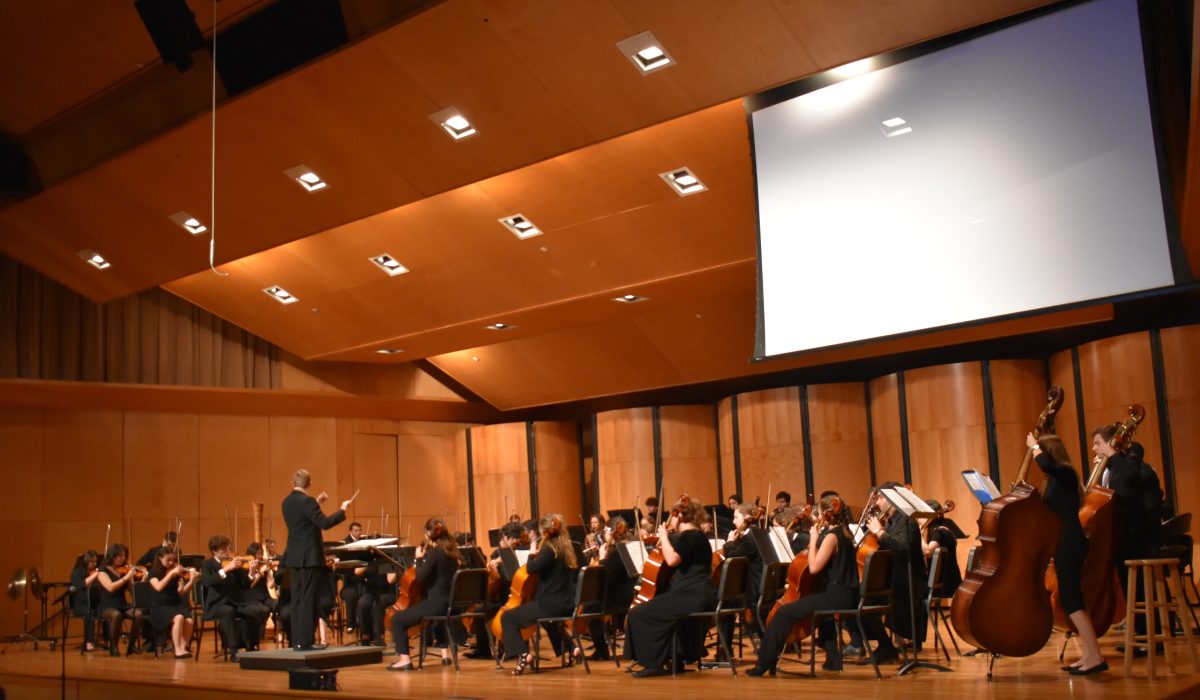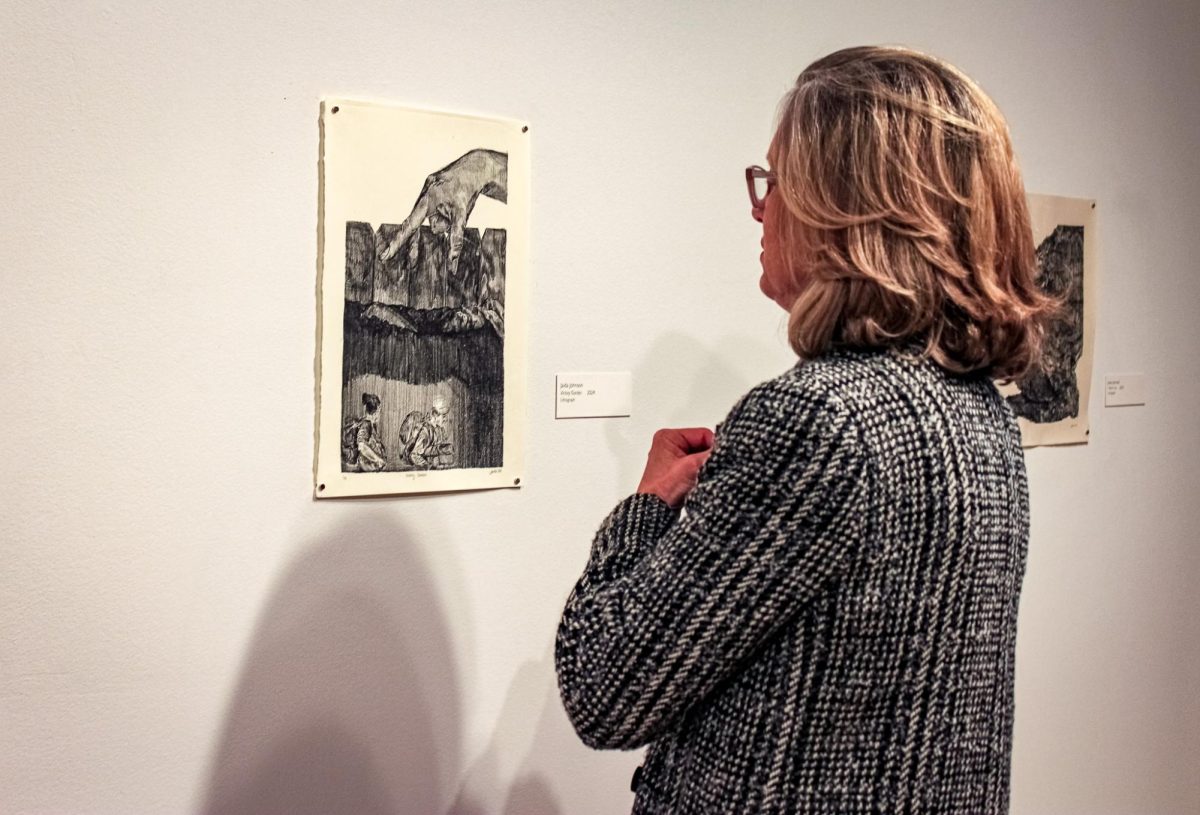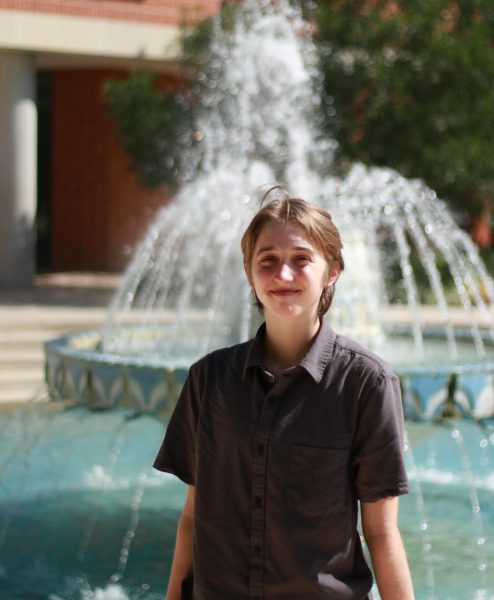The first annual Trinity Autumn Festival of the Arts (TAFA) marks an effort to highlight art and creativity on campus this semester. Events of all sorts—stage productions, visual art exhibits, concerts, book readings and more—are included in the festival, which began on Nov. 3 and will last until the 15th.
Kyle Gillette, acting dean of arts and humanities, led efforts to organize the festival after Trinity transitioned from one academic college to four this past summer. Gillette said that this position has allowed him to see what people in different departments are doing and how they are related, giving him an interdisciplinary perspective that inspired him to organize the festival.
“It really makes a difference how something happening over in music could influence the way you think about listening to a multilingual poetry reading for example,” Gillette said. “This is fundamental to the liberal arts—when one discipline can make you see another discipline in a different way.”
The festival was organized around a few cornerstone events which came together organically and helped provide the festival with some structure.
The first annual Trinity Autumn Festival of the Arts marks an effort to highlight art and creativity on campus this semester. Events of all sorts — a musical, visual art exhibits, concerts, book readings and more — are included in the festival, which began on November 3rd and will last until the 15th.
, acting Dean of Arts and Humanities, led efforts to organize the festival after Trinity transitioned from one academic college to four this past summer. Gillette said that this position has allowed him to see what people in different departments are doing and how they are related, giving him an interdisciplinary perspective that inspired him to organize the festival.
“It really makes a difference how something happening over in music could influence the way you think about listening to a multilingual poetry reading, for example,” Gillette said. “This is fundamental to the liberal arts: when one discipline can make you see another discipline in a different way.”
The festival was organized around a few cornerstone events that came together organically and helped provide some structure. This year’s mainstage musical, “The Prom,” is one such event, and an interdisciplinary undertaking in and of itself.
Zsa Zsa Dubose, junior business analytics and technology major, choreographed Trinity’s production of “The Prom” this year. Consistently involved in dance and theatre throughout high school and her time at Trinity, Dubose said she was excited to get to choreograph a musical.
“For me, theatre has always been a creative outlet, and bringing that together with dance has been a lot of fun, especially working on ‘The Prom,’” Dubose said.
Further, Dubose noted that “The Prom” also features a live orchestra, incorporating yet another element of artistic collaboration into the production.
“Getting to see that marriage of the musicians with the actors is really cool,” Dubose said. “I remember our first sitzprobe [rehearsal with both the band and the actors] was just really amazing.”
Another noteworthy event in the visual realm of the arts festival is an exhibition of paintings by the late Nivia González, Trinity University Class of ‘68 and successful Latine San Antonio artist. Lisa Endresen, manager of the Neidorff Gallery and director of university collection, said that González’s daughters donated one of their mother’s pieces to Trinity last year in honor of the inauguration of its first female president. The one piece snowballed into four works, and from there, the gallery continued to accumulate González’s works until they had enough for an exhibition.
“It was such an honor for the twins, Regina and Selena, to reach out to us that we wanted to have an entire show based on it, and people were coming out of the woodwork saying, ‘Oh, I have this piece’ … and it just grew and grew and grew from there,” Endresen said.
Gillette says that in the future, he hopes that November will be known as a time to have arts events.
“We hope that when people invite Stieren guests, artists in different departments or when they think about when [events are] going to be. … In the future, people will know if you want people to come and to be part of this festival, do it then,” Gillette said.
Dubose said that one way the Autumn Arts Festival could improve in the future is by having more strategic scheduling.
“I think that it’s a really awesome opportunity for us to have, but I do think that there’s just so many events and it’s impossible to go to all of them, and I think sometimes students are feeling a little overwhelmed with the scale of it,” Dubose said.
Endresen said that festival organizers are taking many notes on how to improve the event next year. She looks forward to increasing the scale of the event by bringing in more contributions from students and faculty.
“I think now that more students and faculty and staff know what we were trying to go for, they’ll want to present more objects or more projects to do with the visual arts, so I anticipate next year being twice as big,” Endresen said.









